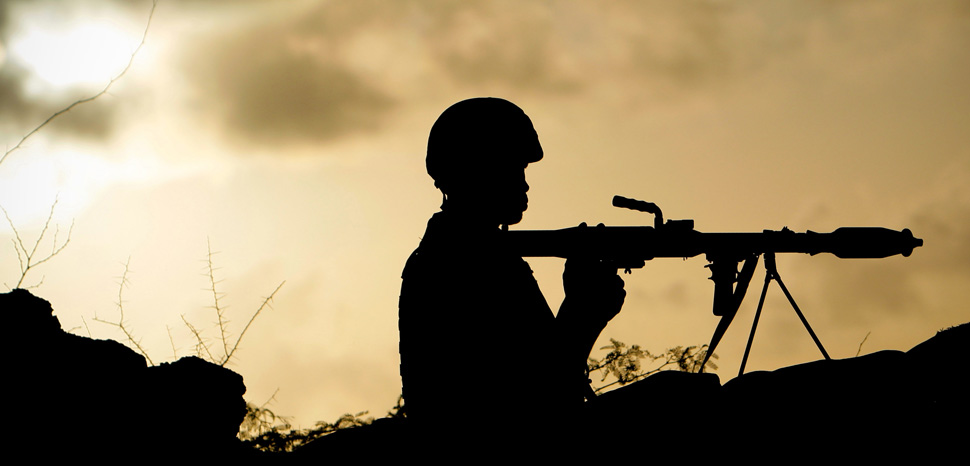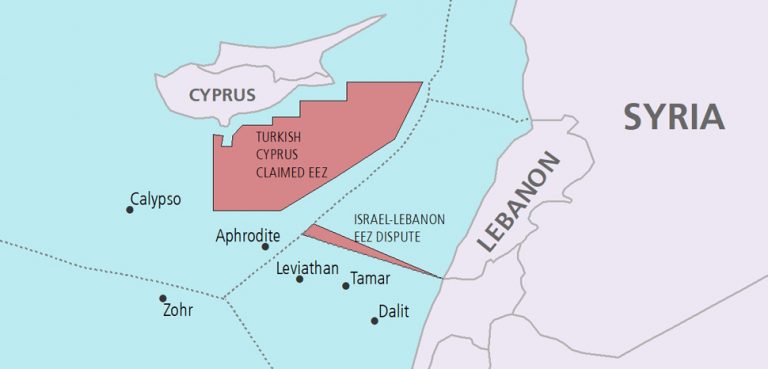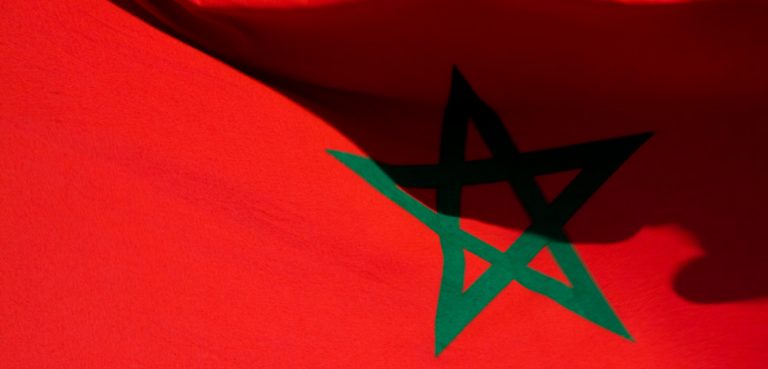After several years of “cohabitation,” al-Shabaab and the Islamic State in Somalia (ISS, or Abnaa ul-Calipha) have come to open conflict in the last months of 2018. The contrast is certainly rooted in their respective “networks” of belonging, the former referring to the al-Qaeda network and the latter – as it is easy to guess – to ISIS. In fact, while al-Qaeda’s presence in the Horn of Africa is long established, ISIS’s influence, despite being consistently downsized in Syria and Iraq, has not completely disappeared.
At least this is what leaps immediately to the eye. Nonetheless, there are many other hidden factors that contribute to a better understanding of the tactical choices of different jihadists, starting with one made by Abdul Qadir Mumin. In 2012, this Somali-British imam was sent to Puntland by al-Shabaab to re-appoint new militiamen. This region is located on the northeast side of the country, away from the terrorist stronghold located further south, between Mogadishu and the border with Kenya. As he found himself isolated from the rest of the organization, Mumin began to expand his own autonomy.
A brief history of the origins of al-Shabaab
This jihadist group – in English “the Boys” – was born in the aftermath of the civil war that exploded in the country in the 1990s. Divided between warlords and their tribal clans, Somalia saw the emergence of the Islamic Courts Union (ICU), which aimed at dealing with the chaos in which the country had sunk. The organization was composed of radicals who based the wanted to establish Sharia law. In this respect, since Somalia was not a real state any longer, there was the need to re-establish a principle of “order.” In so doing, these extremists – who enjoyed the support of the Hawiye clan, of which many members were part – managed to make their way through the territory and even occupy Mogadishu in 2006.
After the establishment of the Transitional Federal Government (GFT) and the beginning of the African Union’s AMISOM mission, the ICU broke up, but many of its members did not disappear into thin air. Some gathered under the banner of terrorism with the name of al-Shabaab, which, since 2012, has been officially affiliated with the al-Qaeda network. The original spirit of the group was of “national resistance” against the troops of the countries that intervened in the conflict, which they considered invaders, including primarily Ethiopia. Soon, however, it also took on an internationalist dimension, which tightened relations with other non-state actors (NSAs) of the continent, such as the Nigerian Boko Haram. The aforementioned Mumin comes precisely from these ranks. He understood how important it was to replace the alliance with the group founded by Bin Laden with the upstart Islamic State in Syria and Iraq.
Mumin the internationalist
Thus, in October 2015, Mumin took the oath (bay’ah) to the self-proclaimed Caliph Abu Bakr al-Baghdadi after he had already invited the leadership faithful to al-Qaeda to join him. Those who accepted the proposal were severely repressed within the organization, and the “rebel” Mumin could not immediately assemble a large following, counting just twenty followers in his ranks. The reaction of the Shabaabs was not long in coming, with harsh attacks that prevented a further rooting of the fringe in the region. Even today, in fact, those who are most loyal to Daesh remain in the north of Somalia. However, their longa manus has also arrived in the capital, as demonstrated by some attacks that bear the group’s signature.
Among the other factors that led to the progressive rift between the two sides, there are also those linked to territorial disputes. Post-Civil War Somalia is, indeed, a federal state whose members claim far more power than what the Constitution establishes. In practice, however, they already concretely exert such power as Mogadishu has a very limited control of the country, which is almost entirely governed by the international institutions present on the territory, starting from the military of the Africa Union’s AMISOM mission.
More than anyone, it is Somaliland that wants to distance itself as much as possible from the central government to the point that it declared independence in the 1990s. Somaliland borders with Puntland, the cradle of the pro-ISIS cell, with which it has an ongoing low-intensity conflict for the Sool and Sanaag regions. On its territory, instead, “the land of Punt” (an ancient Egyptian myth from which the name of today’s region derives) must face the attacks of al-Shabaab, which finds shelter in the mountains of Galgala a few kilometers from the border.
Common ideology, different objectives
“Somaliland and Shabaab are supposed to adopt the philosophy of ‘live and let live.’ This could be grounded in the fact that many young jihadists fighting in Puntland and in southern Somalia belong to the Isaaq clan,” reveals Horseed Media journalist Mohamed Abdullahi. The clarification on the clan is not a secondary detail; instead, it is perhaps the real key to reading the clash. Indeed, most of the Islamic State members belong to the sub-clan Warsangali, part of the largest clan Darod, which is considered al Baghdadi’s main local sponsor. Many Warsangali and Isaaq would therefore be faithful to the idea of bin Laden, but their intentions on international alliances diverge sharply.
To counteract rival power bases and carve out a larger role as a strategic actor, some Warsangali have thus focused on an “alternative road,” channeling al-Shabaab’s internationalist drive. In fact, this group was born more as a nationalist-religious response to the attacks of the international community – in particular the United States, Ethiopia, and Kenya – against the above-mentioned Union of the Islamic Courts (ICU), and to pressure the transitional governments that followed one after another during that period. Now that the historical al-Qaedist branch is predominantly the target of US attacks, the cracks begin to make noise.
However, a scenario in which the two groups drag themselves toward self-destruction is unlikely at present, just as this did not happen in Iraq when the very same al-Qaeda suffered the birth of ISIL. What was the original objective of the CIA and the vision of several geopolitical analysts – the division of the hegemonic terrorist network into two opposing blocks – turned into the birth of a new enemy, one that was even more “black” than the previous one, and equally incapable of being totally destroyed. Surely, a possible elimination of the leader Mumin would be harder to bear for Islamic State than what the killing of different Shabaab leaders has so far obtained. However, as in any Somali social structure, the head has a limited role with respect to the predominant role played by the clan roots, which no one has yet sheared.




